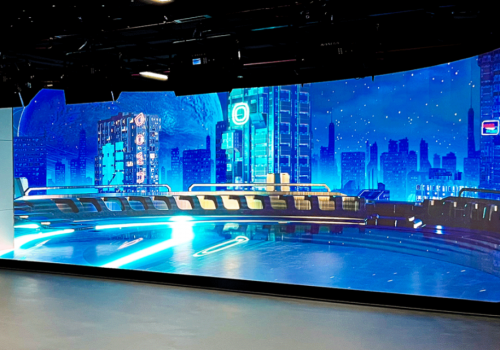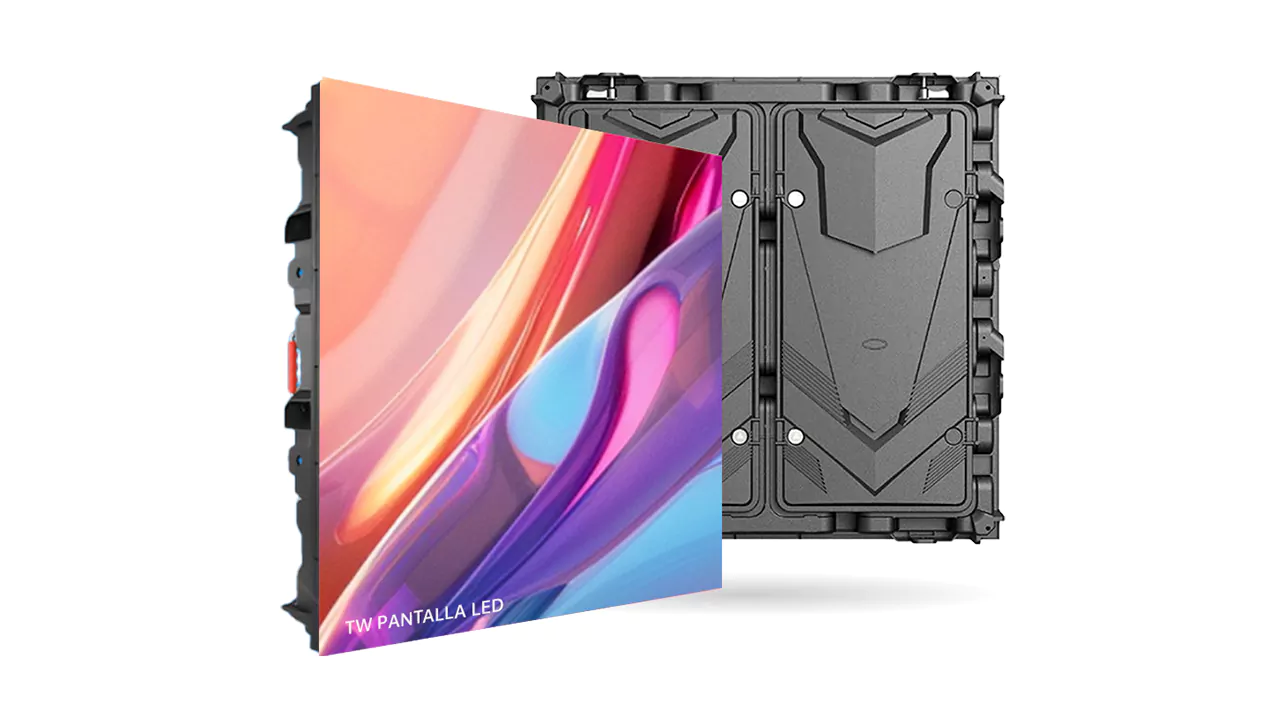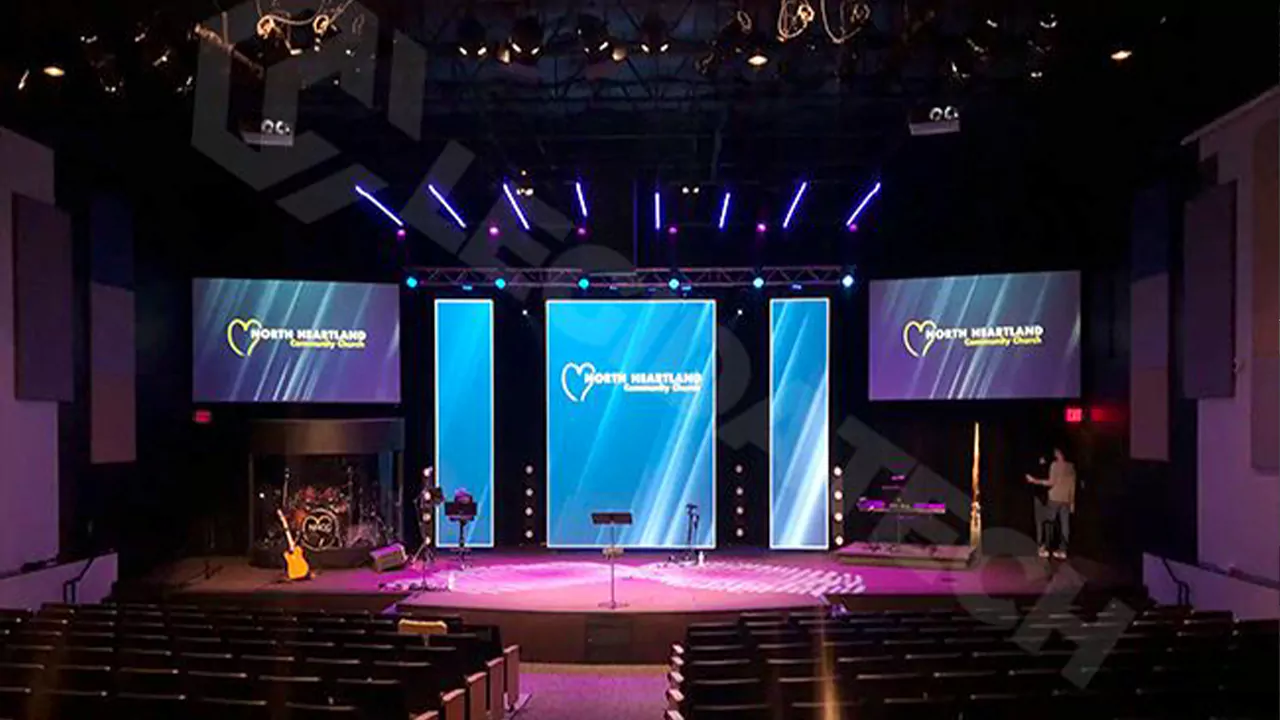TW PANTALLA LED
Leading LED Display
Manufacturer

Rental LED Display
High-resolution, portable, and perfect for events. Easy setup, stunning visuals, and versatile for any occasion. Elevate your presentations with vibrant displays that captivate your audience.

Transparent LED Display
A seamless blend of technology and transparency. It offers stunning visuals while maintaining visibility through the screen. Perfect for retail, events, and modern workspaces.

Creative LED Display
With customizable shapes and vibrant colors, it transforms spaces into immersive visual experiences. Perfect for art installations, retail displays, and events that demand uniqueness.

Indoor Fixed LED Display
Indoor fixed LED displays are ideal for corporate lobbies, retail stores, control rooms, auditoriums, and event venues. They offer high-resolution visuals for impactful messaging and immersive experiences.

Outdoor Fixed LED Display
Outdoor fixed LED displays are perfect for stadiums, concert venues, shopping malls, and city squares. They offer high-visibility visuals in any weather, enhancing public events and advertising impact.

Smart City LED Display
Smart City LED displays are ideal for urban centers, transportation hubs, and commercial districts. They provide real-time information and dynamic advertising, enhancing city communication and engagement.

COB LED Display
COB LED displays offer superior image quality, higher brightness, and better color uniformity. They have excellent heat dissipation, extended lifespan, and are more resistant to moisture and dust. Ideal for demanding environments.

Mirco LED Display
Micro LED displays offer exceptional brightness, superior contrast, and precise pixel control. They provide excellent color accuracy, energy efficiency, and longevity. Perfect for high-end visual applications demanding top performance.
New Product
News
FAQ for LED Display
What are the main components of an LED display?
The main components of an LED display include:
- Modules: Small units that contain multiple LEDs arranged in a grid pattern.
- Cabinets: Structural frames that house the modules and provide support.
- Pixels: The smallest individual points of light emitted by the LEDs.
- Sending Units: Devices responsible for sending data to the LED display.
- Data Connections: Cables and interfaces that facilitate communication between the sending unit and the display.
What is the difference between indoor and outdoor LED displays?
Indoor LED displays are designed for use inside buildings where they are protected from the elements, whereas outdoor LED displays are built to withstand weather conditions such as rain, wind, and sun exposure. Outdoor displays typically have higher brightness levels and are more rugged.
Can I customize the size and shape of my LED display panel?
Yes, our panels can be customized to fit your specific requirements. Whether you need a unique size or a specific curvature, we can tailor the LED display to meet your needs.
How do I connect multiple panels together?
Multiple panels can be connected using data connections such as HDMI, DVI, or specialized LED controller cables. Our systems are designed to make it easy to link several panels together seamlessly.
How many panels can be controlled with a single sending unit?
The number of panels that can be controlled depends on the resolution and output capacity of the sending unit. Generally, modern sending units can control multiple panels, but specific numbers may vary based on the configuration and model.
What is the warranty period for TW PANTALLA LED displays?
Our LED displays come with a standard warranty period of three years from the date of delivery. For more details, please refer to our warranty policy document.
Can I change the orientation of the LED display panel?
Yes, the side orientation of the LED display panels can be adjusted according to your installation needs. This flexibility allows you to set up the display in portrait or landscape mode.
How do I update the content displayed on the LED screen?
Content on the LED screen can be updated via software that allows you to upload images, videos, and text. The software interfaces with the sending unit to send new data to the display.
What is the typical lifespan of an LED display?
The typical lifespan of an LED display ranges from 50,000 to 100,000 hours of usage, which translates to approximately 10 to 20 years of operation, depending on factors like usage patterns and environmental conditions.





















